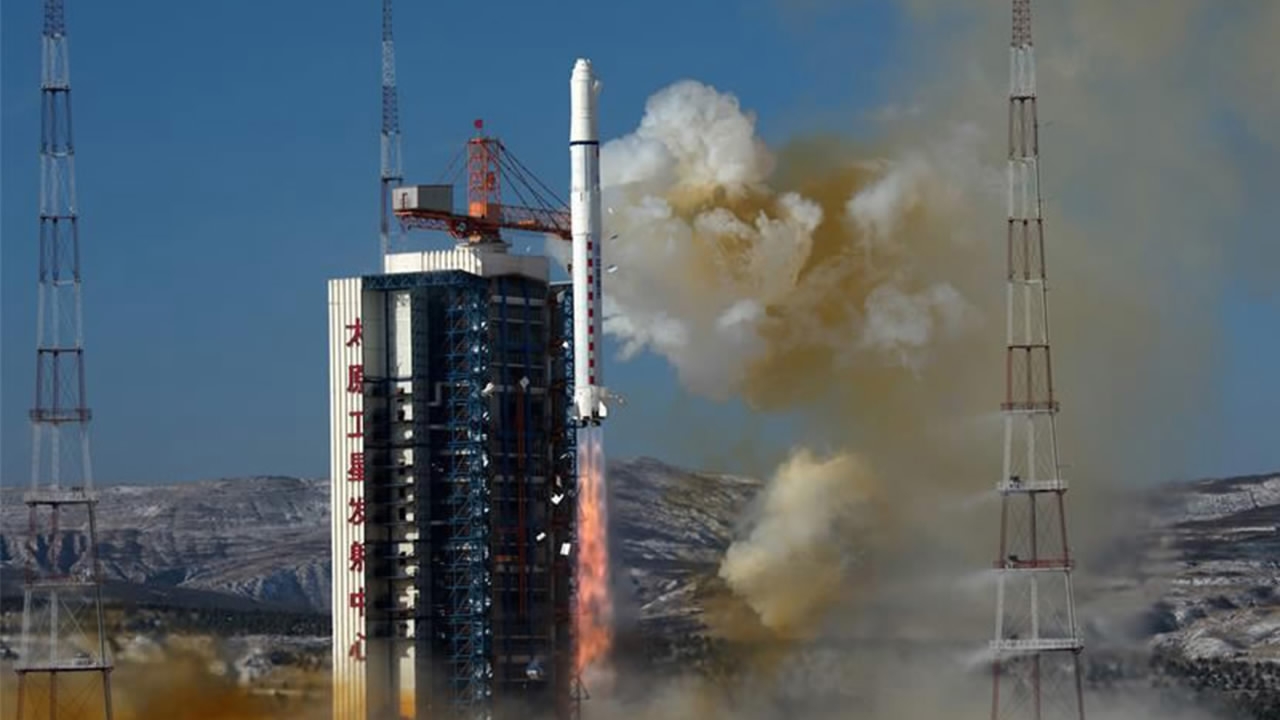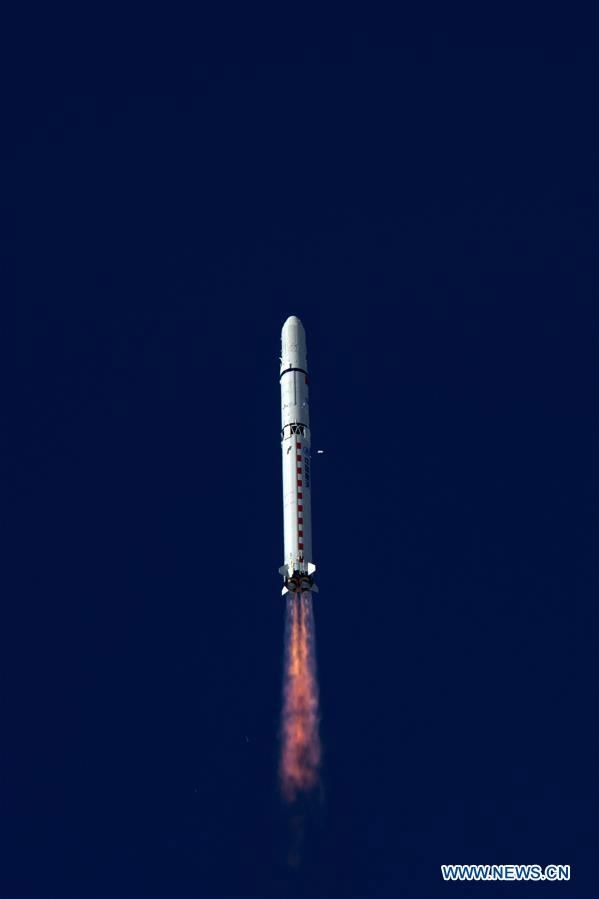
Space
19:11, 09-Jan-2018
Remote-sensing satellites blast off as China eyes record year

China launched a pair of high-resolution remote-sensing satellites on Tuesday, signaling the start of what's expected to be the busiest year in the nation's space industry.
The satellites, SuperView-1 03 and 04, blasted off atop a Long March 2D carrier rocket at 11:24 am at Taiyuan Satellite Launch Center in Shanxi Province, according to a statement published by China Aerospace Science and Technology Corp, the country's major space contractor.
They will join their predecessors, SuperView-1 01 and 02, which were lifted atop a Long March 2D rocket in December 2016 from the same launch center, to form the first stage of a vast commercial satellite constellation that will be used by the State-owned space giant to satiate the rocketing demand in high-resolution Earth images.
Developed by the company's China Academy of Space Technology, the four satellites are identical and are able to generate images at a 50-centimeter resolution. Together, they are capable of taking pictures of areas of three million square kilometers each day, according to the company.
By December, SuperView-1 01 and 02 had taken 225,000 images that cover nearly 25 million square kilometers, helping a wide range of sectors such as land and resource surveys, mapping, environmental monitoring as well as urban planning, the statement said.

The satellites, SuperView-1 03 and 04, blasted off atop a Long March 2D carrier rocket on January 9 at Taiyuan Satellite Launch Center in Shanxi Province. /Xinhua Photo
The satellites, SuperView-1 03 and 04, blasted off atop a Long March 2D carrier rocket on January 9 at Taiyuan Satellite Launch Center in Shanxi Province. /Xinhua Photo
In the next five years, China Aerospace Science and Technology Corp. will launch 12 optical satellites like the four already in the space, four optical satellites that are more advanced, four radar satellites as well as several mini-satellites for the SuperView Constellation and make the networks fully operational before the end of 2022, according to Yang Yike, director of high-resolution satellite programs at the company.
In 2018, China will carry out at least 40 space missions, doubling the number in 2017 and setting a record for the nation. Among them, 35 will be conducted by China Aerospace Science and Technology Corp.'s Long March-series liquid-propellant rockets and the rest five will be fulfilled by another State-owned space company, China Aerospace Science and Industry Corp, using its solid-propellant rockets.
In 2017, China carried out 18 space missions – 16 by Long March types, one by Kuaizhou 1A and one by Kaituo 2, also a solid-propellant rocket designed by China Aerospace Science and Industry Corp.
Among them was one failure – the Long March 5's second task – and one partial failure in which the rocket lost thrust before placing the satellite into the preset orbit but the satellite moved to the orbit using its own fuel.
The United States remained the top player in terms of the number of launches as it completed 29 missions last year. Russia carried out 20 flights including one failure.
(Cover picture via Xinhua.)
421km
Source(s): China Daily

SITEMAP
Copyright © 2018 CGTN. Beijing ICP prepared NO.16065310-3
Copyright © 2018 CGTN. Beijing ICP prepared NO.16065310-3